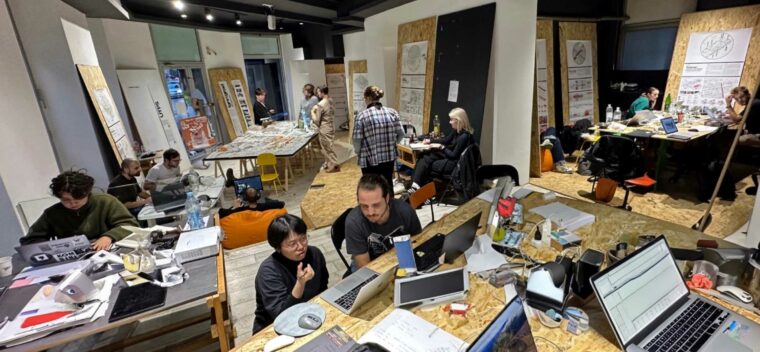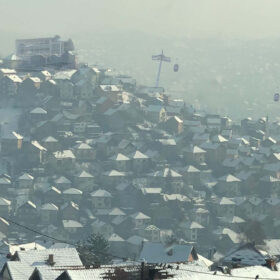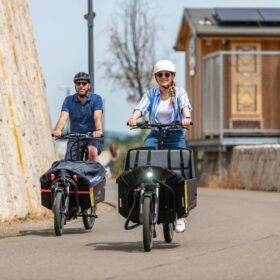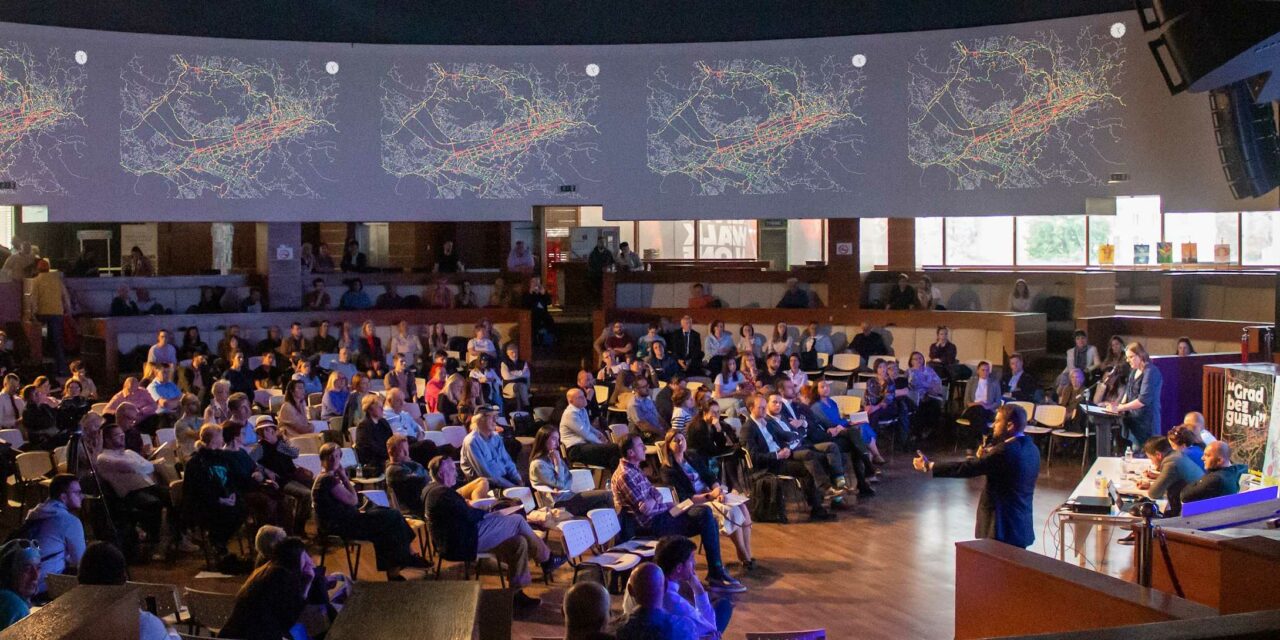
Professor Hubert Klumpner’s chair designed the first AI-supported 4D model for Sarajevo. It takes spatial and temporal dimension into account in urban planning and was the basis for public hearings. “To map the complexity of the city, we need new methods, processes and technologies,” says Klumpner.
The last version of the master plan for Sarajevo dates back to 1984, when the Winter Olympics were held in the city. The “Urban Transformation Project Sarajevo” designs a perspective for the development of the city up to 2040. Involved are together with Klumpner’s professorship, the Laboratory of Energy Conversion of Professor Abhari at D-MAVT, the ETH spin-off SwissAI, the University of Sarajevo, the Planning Office of the Canton of Sarajevo and the City of Zurich. The project is part of a long-term collaboration with the State Secretariat for Economic Affairs SECO, which supports Klumpner’s research work in South America, Africa and, since 2018, in the Balkans.
The result is a “digital urban imaginarium” of the built and natural environment. It contains information on infrastructure, mobility, energy, water, air and soil quality, but also on people’s behavior and demographics. “In order to be able to map the complexity of the city, we need new methods, processes and technologies,” says Klumpner.
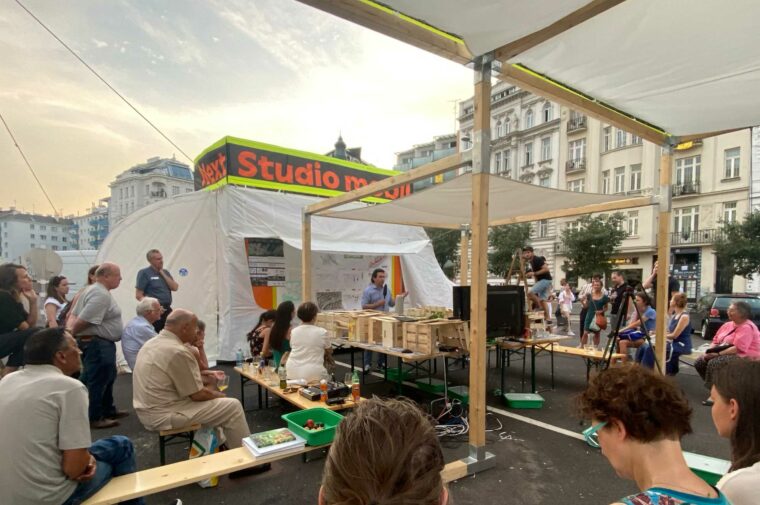
The digital twin includes the built and natural environment, but also social scientific data such as the diverse cultural, ethnic and religious characteristics of different neighborhoods. In addition to the spatial dimension, the multidimensional plan takes into account the temporal dimension in urban planning. For example, every single second of traffic behavior can be tracked and visualized in real time.
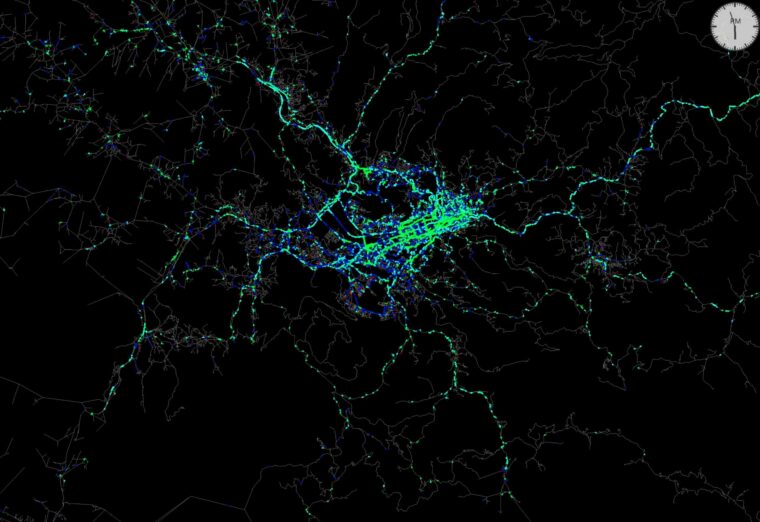
Until now, the city was thought of as a linear structure along a one-way street in a river valley. The new master plan describes the urban development around the city hill as a green heart. It focuses on the cross-relationships in the valley and also takes into account the hillside settlements, where 40 percent of the population lives. Sarajevo is currently one of the ten cities in the world with the worst air quality. The plan calls for non-fossil energy sources for transport and heating. In addition, the forest areas should be protected and regenerated in order to improve the air quality in the city.
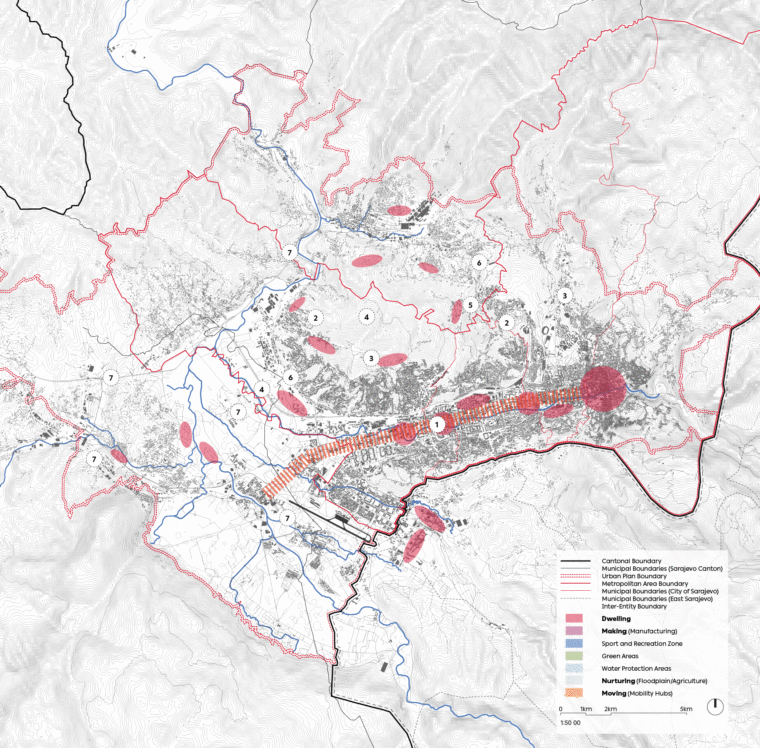
The Digital Twin was the basis for public hearings, which are required by law for planning in Bosnia and Herzegovina and which took place until the end of April. The researchers speak of “bottom-up simulations”. To make the Digital Twin more accessible, they built a physical model of the city overlaid with projections. A web-based model allowed people to participate remotely. Some key locations in the city were animated on a 1:1 scale in order to convey them clearly.
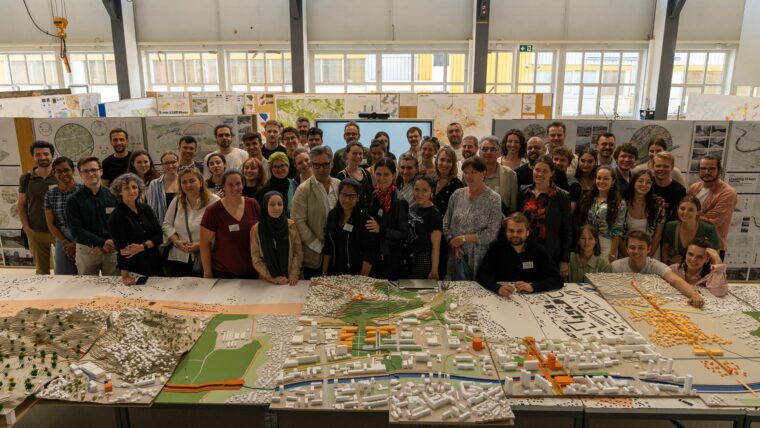
The events took place in all nine municipalities of Sarajevo, and their input is now being incorporated into the model. An accompanying exhibition is currently touring the six Western Balkan states and will be on display at the Museum of Applied Arts in Belgrade from February 2025.
In 1984 the Winter Olympics took place in Sarajevo. The war raged from 1992 to 1995. Today, almost 30 years later, the city has changed. At the end of April, 18 mayors from Ukraine visited Sarajevo to find out how a city can reinvent itself after a state of war – supported with new digital planning tools.
